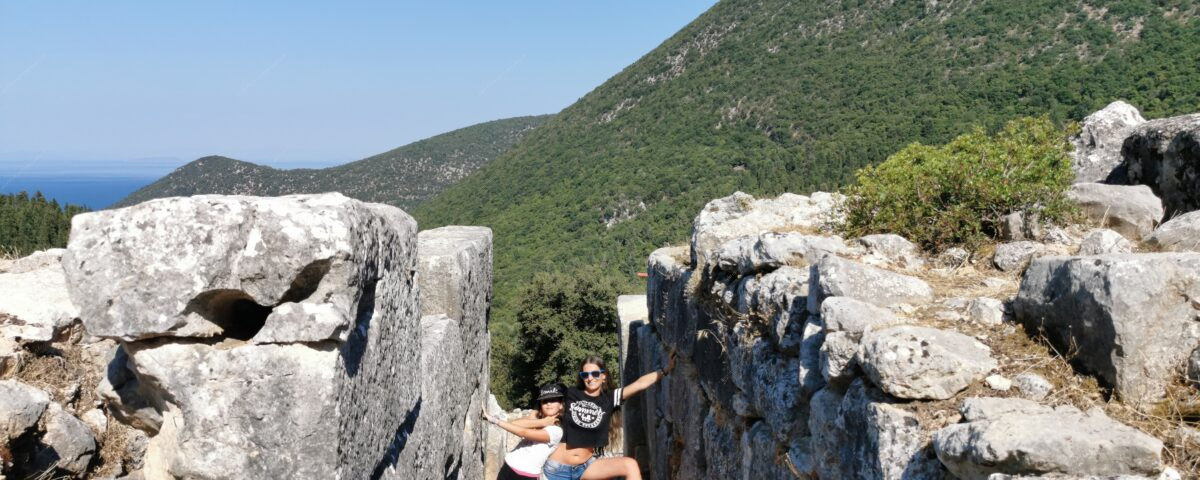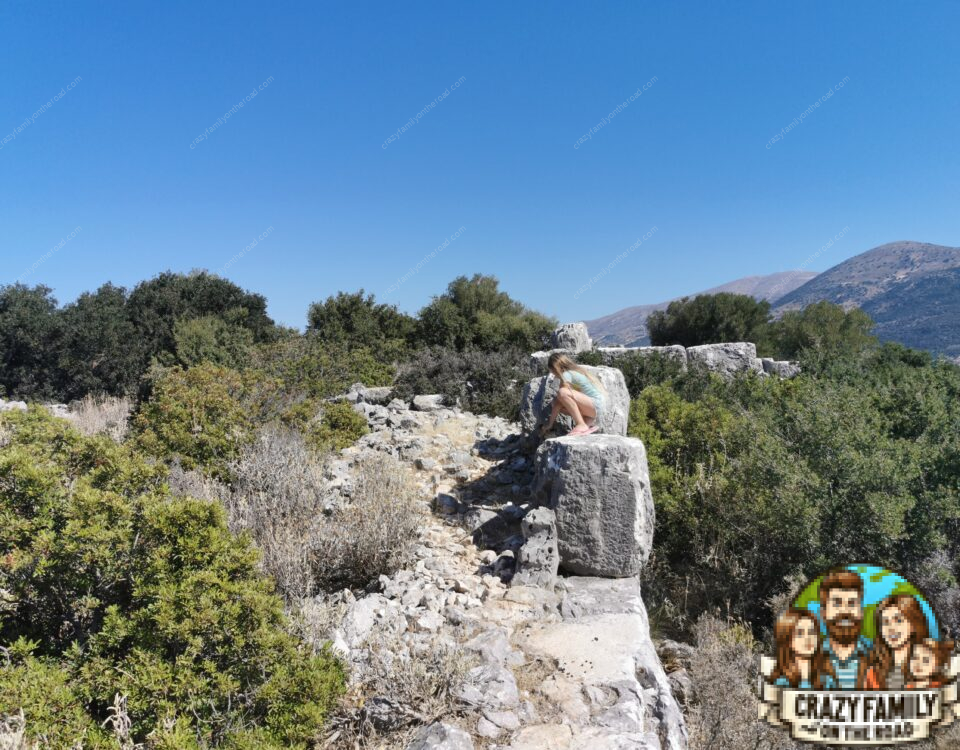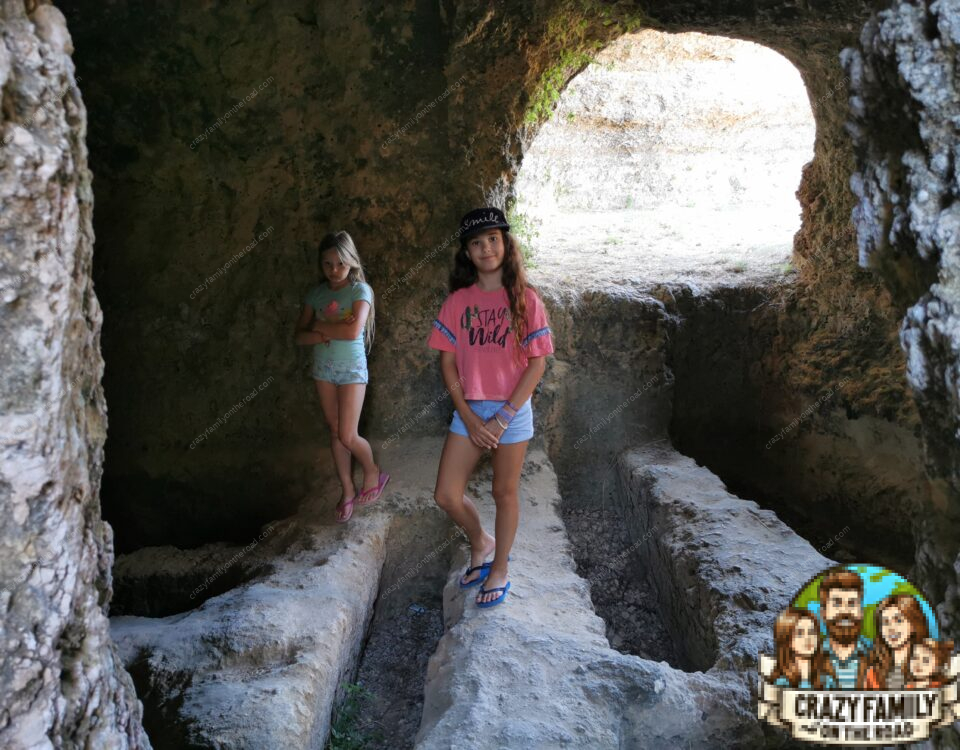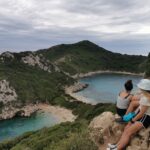
Corfu – family holiday
8. August 2020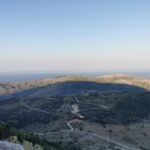
Mount Ainos
12. August 2020Acropolis Sami - history and scenery in one
The Sami Acropolis dates back to the Mycenaean period (approximately 1600-1100 BC) and was later inhabited by various civilizations, including the Romans and Byzantines. The site contains the remains of fortifications, temples, houses and other structures that provide a glimpse of the architectural and cultural achievements of the ancient inhabitants. Located a short walk from Antisamos Beach (one kilometre walk or 5 minutes by car).
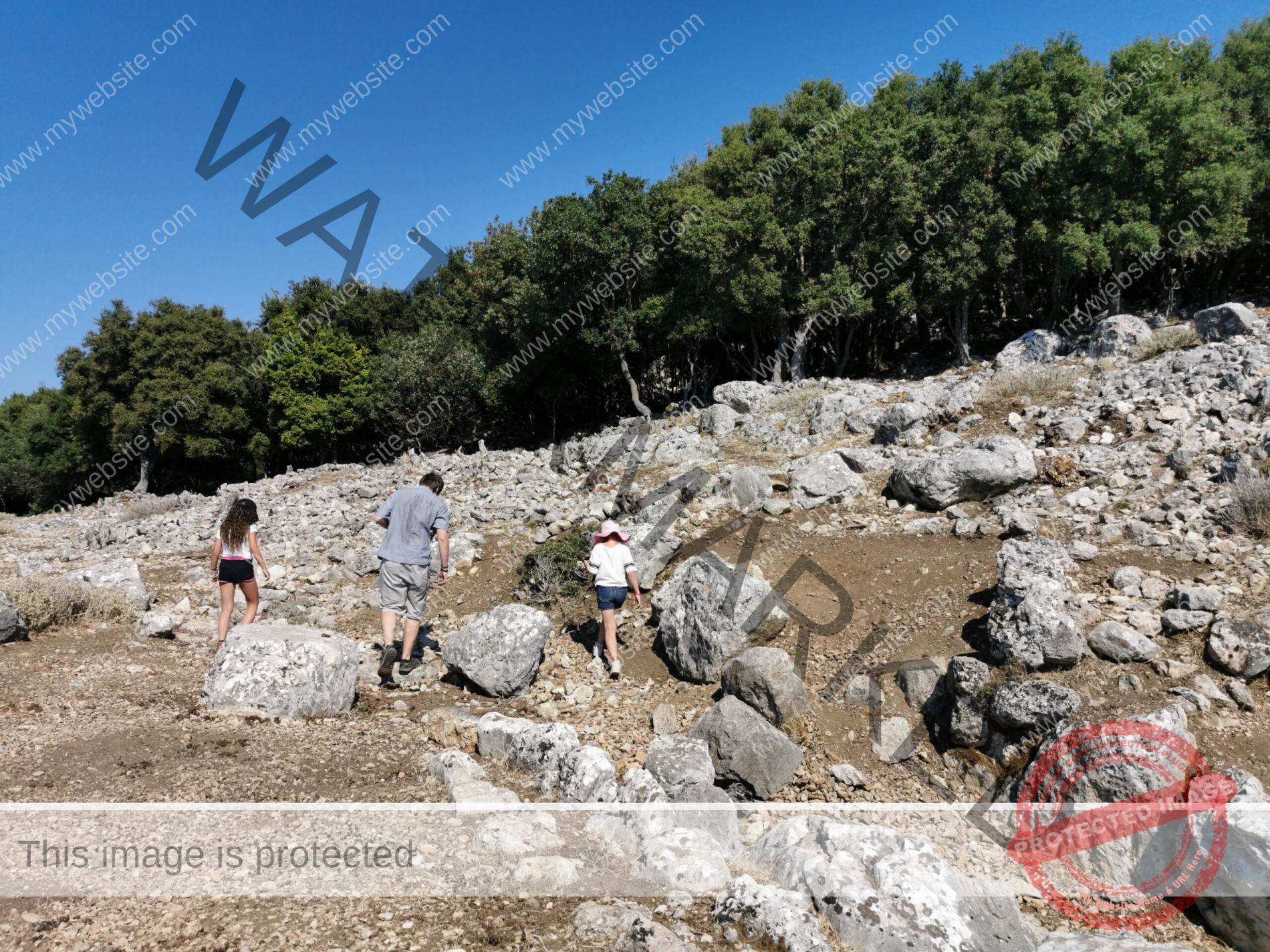
walk among the ruins
Views in all directions
The acropolis towered atop a hill overlooking the capital of Sami. It was strategically located, offering a panoramic view of the surrounding countryside and the sea. The elevated location not only provided defensive advantages but also served as a symbol of power and prestige for the ruling elite. The ruins of the walls may be all that's left, but the view of the whole area is still there for all to see. On a clear day, you can even see as far as Ithaca!
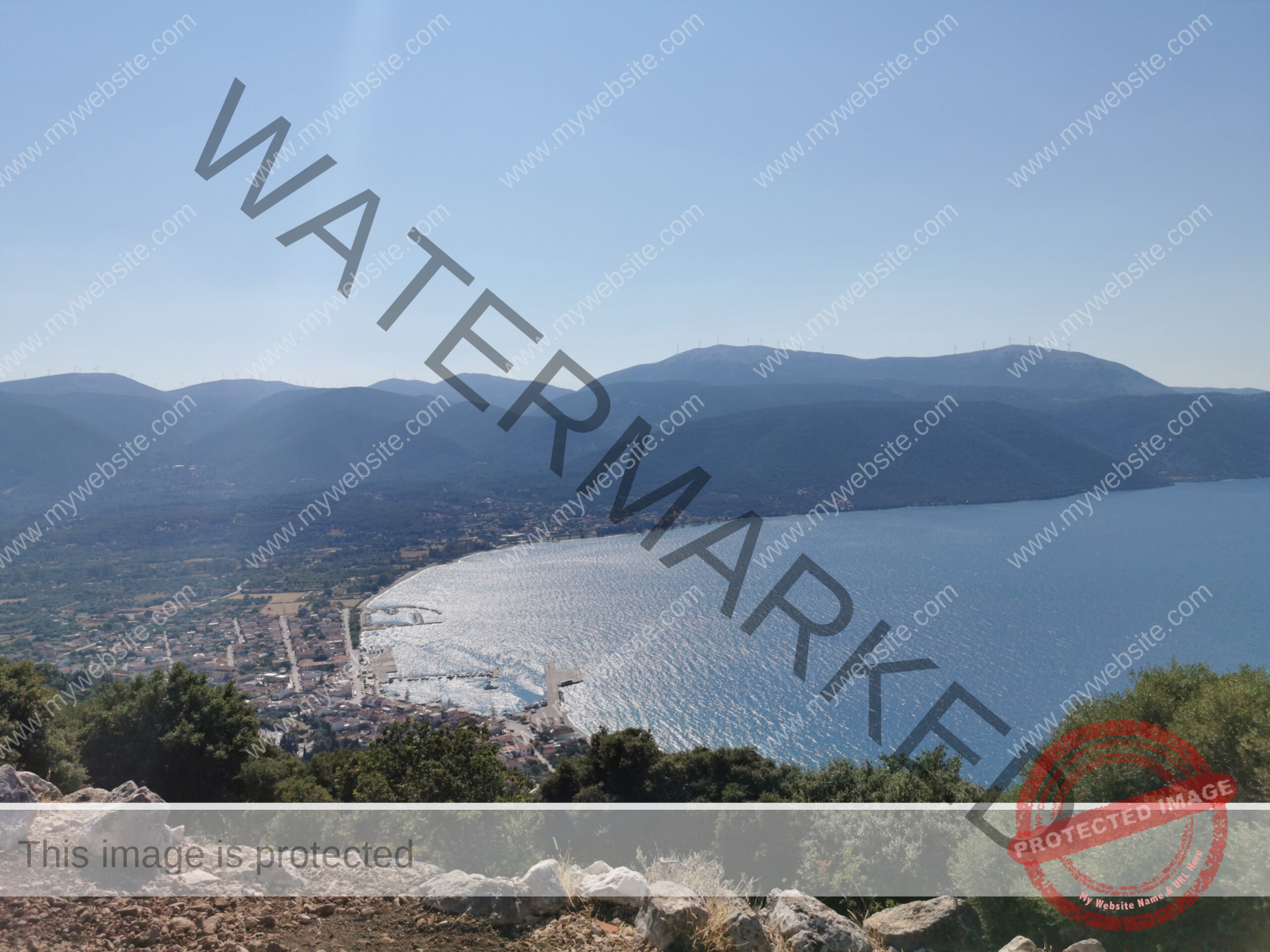
Acropolis of Sami overlooking Loutro beach
Fragments of vases are still lying around
The acropolis of ancient Sami has been the subject of archaeological excavations, which have uncovered a number of artefacts and architectural remains that shed light on the island's ancient history. You can still find small fragments on the ground testifying to the development of the city. It is an ideal game, especially for families with children. At each archaeological site, we give the children the task of looking around the ground and trying to find some fragments and they are usually successful and have twice now managed to find a really big piece, which we then took back to the amazed museum staff. This way they are engaged and find fun even in something, by default, boring for the smaller ones.
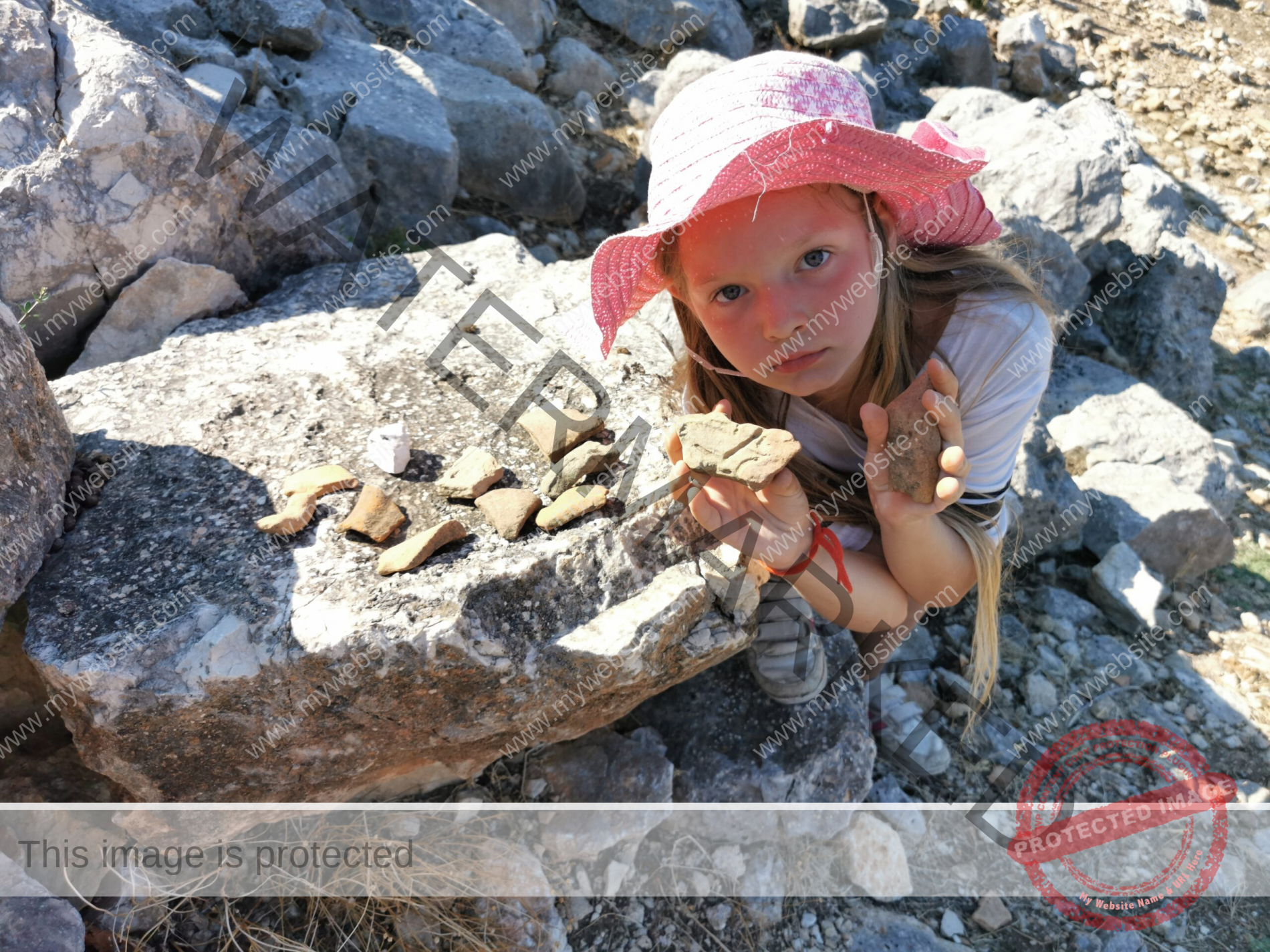
Acropolis of Sami search results.
People don't come here, animals do
As you walk around, keep an eye out for your feet. You may encounter black snakes basking in the sun. They are absolutely harmless, but it's better to be careful and avoid injury. We encountered two here, one of which I almost stepped on because it was hidden behind a rock that needed to be climbed over.
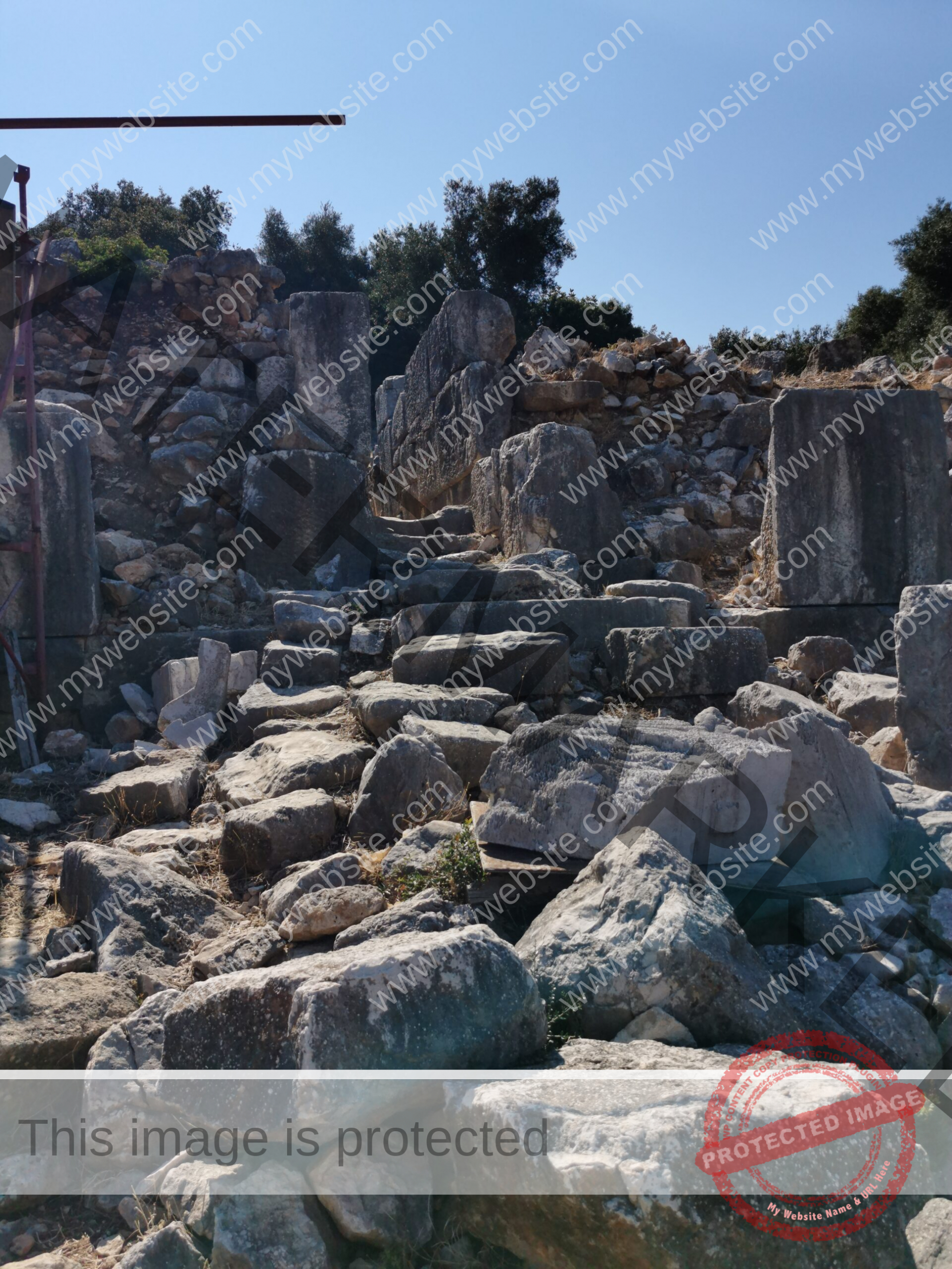
Ruins of an ancient city
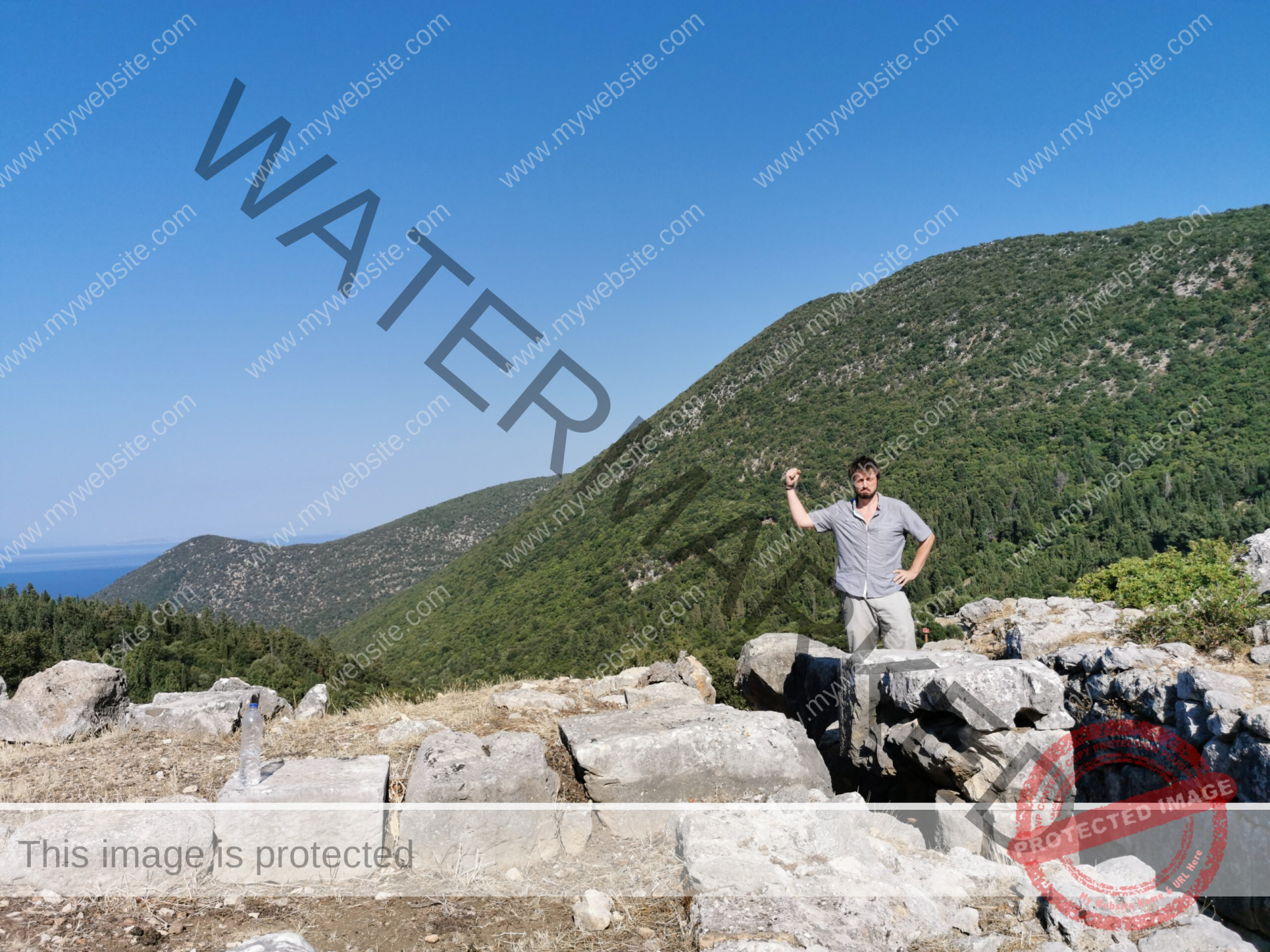
view towards Antisamos


